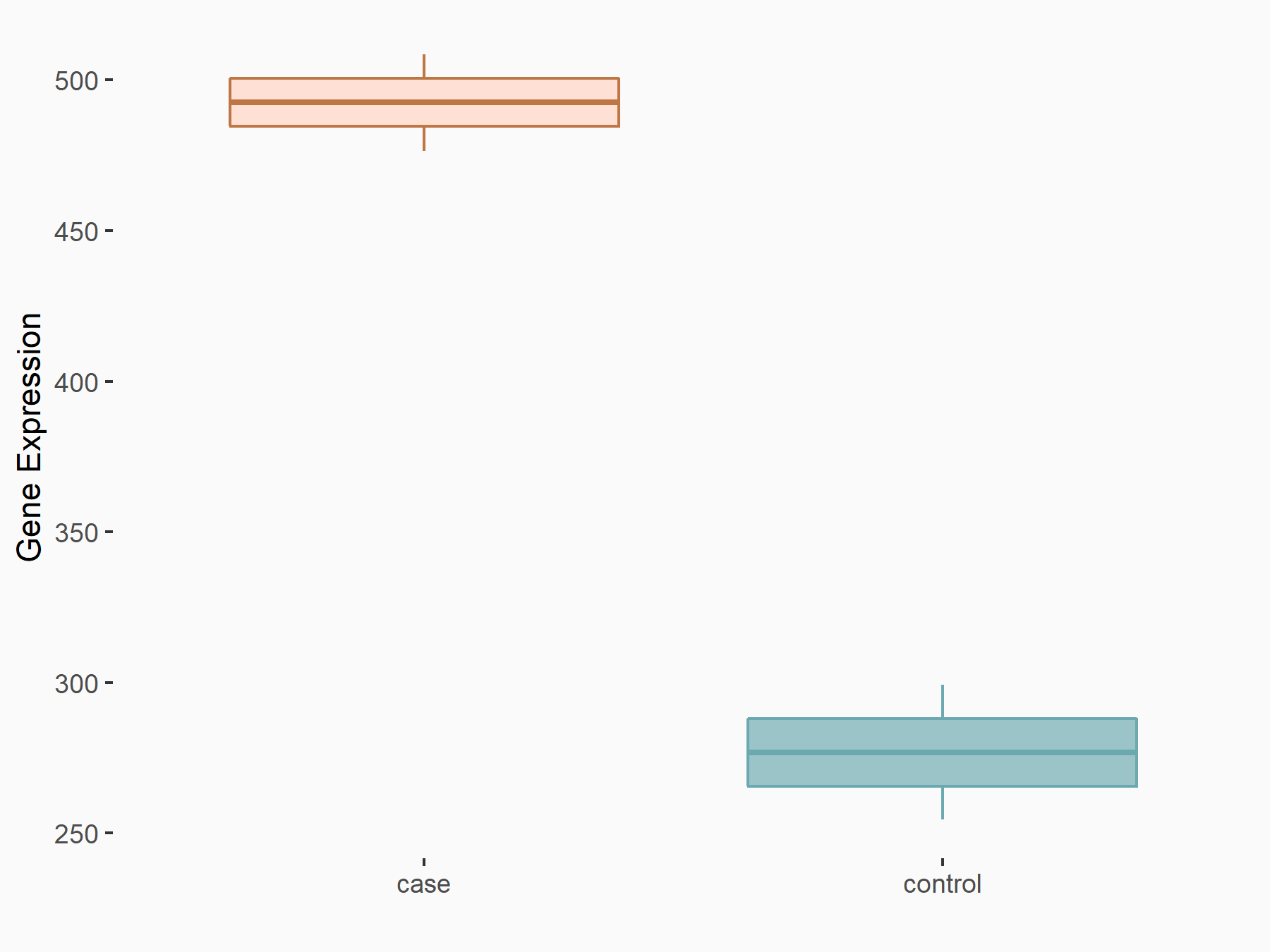m6A Target Gene Information
General Information of the m6A Target Gene (ID: M6ATAR00605)
Full List of m6A Methylation Regulator of This Target Gene and Corresponding Disease/Drug Response(s)
NLRP3
can be regulated by the following regulator(s), and cause disease/drug response(s). You can browse detail information of regulator(s) or disease/drug response(s).
Browse Regulator
Browse Disease
Methyltransferase-like 3 (METTL3) [WRITER]
| Representative RNA-seq result indicating the expression of this target gene regulated by METTL3 | ||
| Cell Line | LX2 cell line | Homo sapiens |
|
Treatment: shMETTL3 LX2 cells
Control: shLuc LX2 cells
|
GSE207909 | |
| Regulation |
  |
logFC: 8.32E-01 p-value: 1.76E-06 |
| More Results | Click to View More RNA-seq Results | |
| Representative RIP-seq result supporting the interaction between NLRP3 and the regulator | ||
| Cell Line | MDA-MB-231 | Homo sapiens |
| Regulation | logFC: 7.81E+00 | GSE60213 |
| In total 2 item(s) under this regulator | ||||
| Experiment 1 Reporting the m6A Methylation Regulator of This Target Gene | [1] | |||
| Response Summary | In the in vivo atherosclerosis model,partial ligation of the carotid artery led to plaque formation and up-regulation of METTL3 and NLRP1, with down-regulation of KLF4; knockdown of METTL3 via repetitive shRNA administration prevented the atherogenic process, NACHT, LRR and PYD domains-containing protein 3 (NLRP3) up-regulation, and KLF4 down-regulation. Collectively, it has demonstrated that METTL3 serves a central role in the atherogenesis induced by oscillatory stress and disturbed blood flow. | |||
| Target Regulation | Up regulation | |||
| Responsed Disease | Atherosclerosis | ICD-11: BD40.Z | ||
| In-vitro Model | MAEC | Normal | Mus musculus | CVCL_U411 |
| HUVEC-C | Normal | Homo sapiens | CVCL_2959 | |
| Experiment 2 Reporting the m6A Methylation Regulator of This Target Gene | [2] | |||
| Response Summary | TFA could ameliorate HG-induced pyroptosis and injury in podocytes by targeting METTL3-dependent m6A modification via the regulation of NACHT, LRR and PYD domains-containing protein 3 (NLRP3)-inflammasome activation and PTEN/PI3K/Akt signaling. This study provides a better understanding of how TFA can protect podocytes in diabetic kidney disease (DKD). | |||
| Target Regulation | Down regulation | |||
| Responsed Disease | Chronic kidney disease | ICD-11: GB61.Z | ||
| Pathway Response | PI3K-Akt signaling pathway | hsa04151 | ||
| In-vitro Model | MPC-5 | Normal | Mus musculus | CVCL_AS87 |
YTH domain-containing family protein 1 (YTHDF1) [READER]
| In total 1 item(s) under this regulator | ||||
| Experiment 1 Reporting the m6A Methylation Regulator of This Target Gene | [3] | |||
| Response Summary | YTHDF1 promotes pro-inflammatory IL-1-Beta production in macrophages during bacterial infections. YTHDF1 overexpression promotes NACHT, LRR and PYD domains-containing protein 3 (NLRP3) translation.YTHDF1 participates in inflammatory responses and subsequent injuries, serving as a new potential therapeutic target in clinical treatment of inflammatory diseases. | |||
| Target Regulation | Up regulation | |||
| In-vitro Model | THP-1 | Childhood acute monocytic leukemia | Homo sapiens | CVCL_0006 |
| In-vivo Model | Female C57BL/6 mice (6-8 weeks) were intraperitoneally injected with 2 ml 3% sterile sodium thioglycolate solution. After 3 days, the cells in the abdominal cavity were collected, centrifugated and maintained in DMEM with 10% (vol/vol) FBS. | |||
Atherosclerosis [ICD-11: BD40]
| In total 1 item(s) under this disease | ||||
| Experiment 1 Reporting the m6A-centered Disease Response | [1] | |||
| Response Summary | In the in vivo atherosclerosis model,partial ligation of the carotid artery led to plaque formation and up-regulation of METTL3 and NLRP1, with down-regulation of KLF4; knockdown of METTL3 via repetitive shRNA administration prevented the atherogenic process, NACHT, LRR and PYD domains-containing protein 3 (NLRP3) up-regulation, and KLF4 down-regulation. Collectively, it has demonstrated that METTL3 serves a central role in the atherogenesis induced by oscillatory stress and disturbed blood flow. | |||
| Responsed Disease | Atherosclerosis [ICD-11: BD40.Z] | |||
| Target Regulator | Methyltransferase-like 3 (METTL3) | WRITER | ||
| Target Regulation | Up regulation | |||
| In-vitro Model | MAEC | Normal | Mus musculus | CVCL_U411 |
| HUVEC-C | Normal | Homo sapiens | CVCL_2959 | |
Chronic kidney disease [ICD-11: GB61]
| In total 1 item(s) under this disease | ||||
| Experiment 1 Reporting the m6A-centered Disease Response | [2] | |||
| Response Summary | TFA could ameliorate HG-induced pyroptosis and injury in podocytes by targeting METTL3-dependent m6A modification via the regulation of NACHT, LRR and PYD domains-containing protein 3 (NLRP3)-inflammasome activation and PTEN/PI3K/Akt signaling. This study provides a better understanding of how TFA can protect podocytes in diabetic kidney disease (DKD). | |||
| Responsed Disease | Chronic kidney disease [ICD-11: GB61.Z] | |||
| Target Regulator | Methyltransferase-like 3 (METTL3) | WRITER | ||
| Target Regulation | Down regulation | |||
| Pathway Response | PI3K-Akt signaling pathway | hsa04151 | ||
| In-vitro Model | MPC-5 | Normal | Mus musculus | CVCL_AS87 |
References